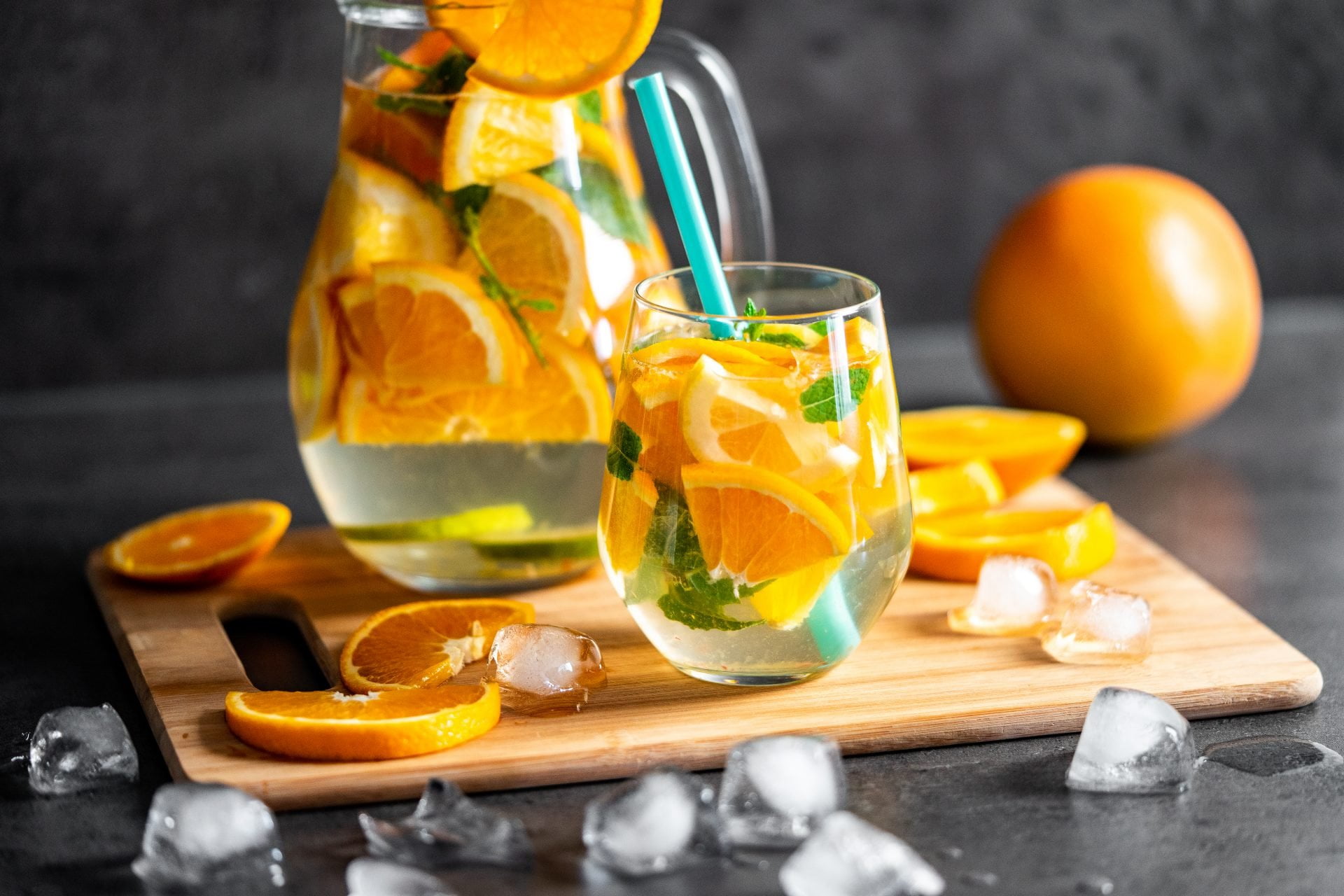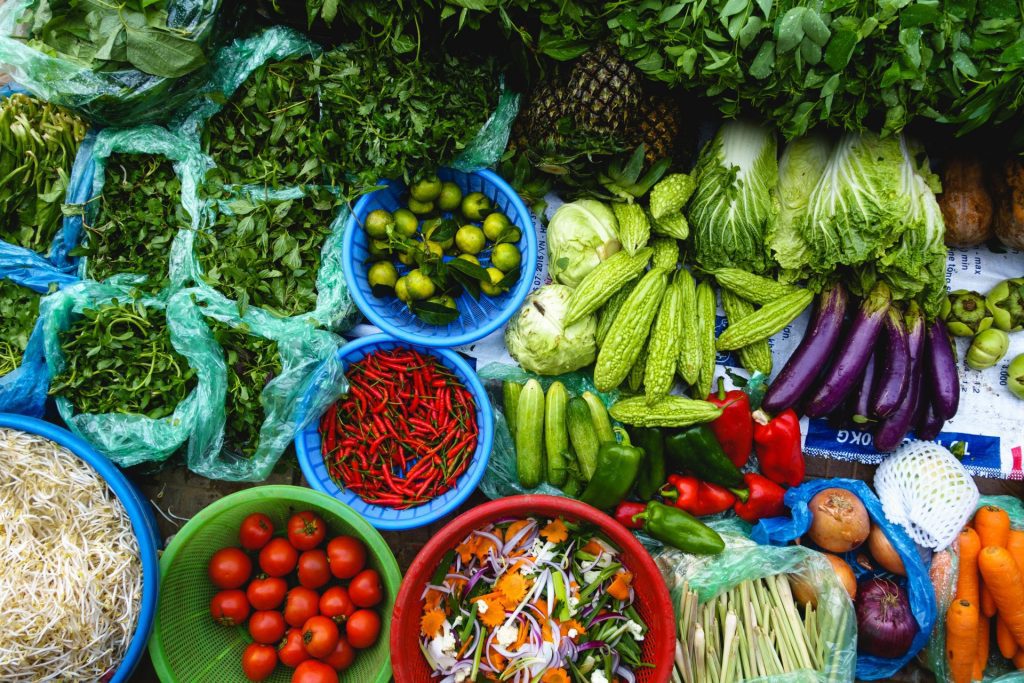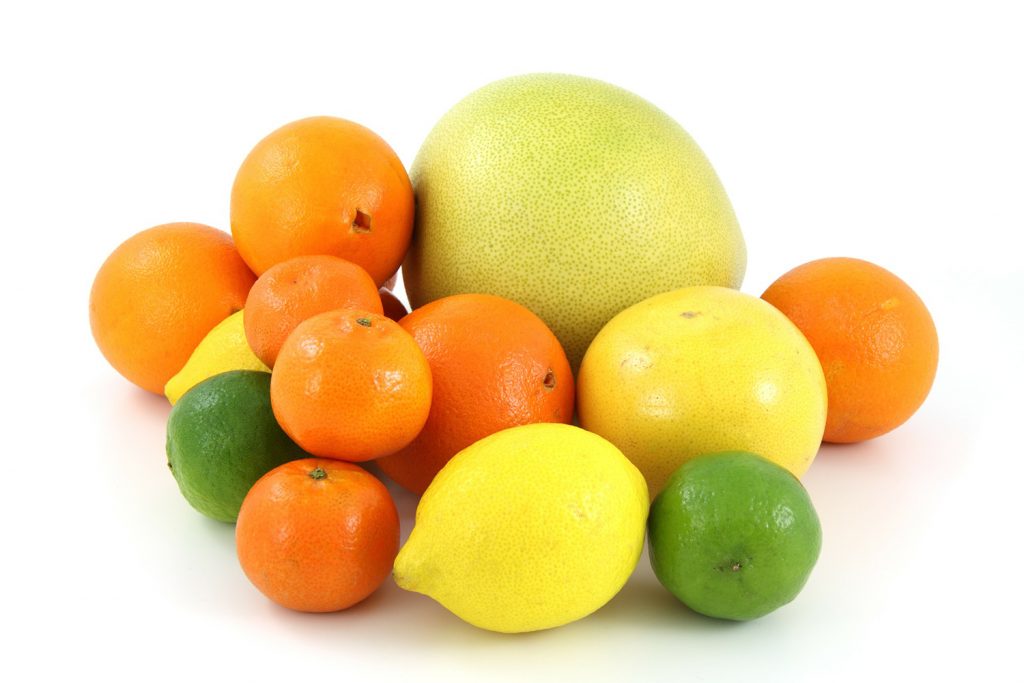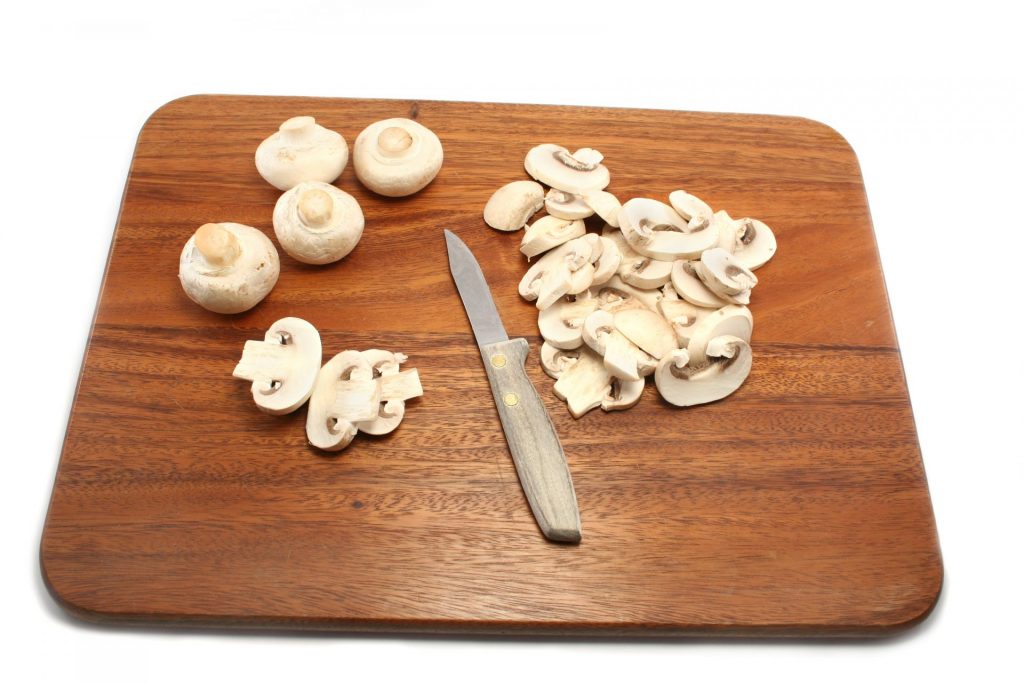
By Kay Kaori Cheslock, RHNC
It’s been boiling these days, and – historically speaking – the warm summer weather is here for most of this month. Yes, being under the sun and getting some rays gives us beautiful sun-kissed, healthy-looking skin while producing Vitamin D – but at the same time it can be draining. It’s easy for us to forget how quickly our body dehydrates in heat.
We all know drinking water throughout the day is essential and is the best way to hydrate, but did you know that food we choose to consume also can help us stay hydrated while keeping us cool? Today we’ll be discussing the specific foods (and meals!) that will help you stay hydrated, as well as how you can incorporate them into our daily diet as the warm weather continues. We’ll also go over some tips to get your meals all ready to eat by doing some strategic prep ahead of time.
First, we’ll cover some basics…
Why do we need to stay hydrated?
Our body depends on water for survival. All of our body cells, tissues, and organs need water to function properly. For example, our body uses water to maintain its temperature, remove the waste, and lubricate the joints. Dehydration can cause many health problems such as headaches, skin issues, muscle cramps, low blood pressure, and a rapid heart rate.
In general, non-pregnant/ non-breastfeeding females 19 years and older should aim to drink 9 cups of fluids (1 cup = 250 ml) each day, and 12 cups per day are recommended for the average male 19 years and older. However fluid needs vary depending on age, gender, health conditions, and the activity level of the individual. This is especially true in the warmer months, but is important to support good health all year through.
How do we get enough water every day?
You can simply drink plenty of fluids of course, but food choices can also help you consume enough water while providing essential nutrients.
Below is a list of some of the highest water-dense food items:
- Cucumber (96% water)
- Lettuce (96% water)
- Celery (95% water)
- Tomatoes (95% water)
- Bell Peppers (92% water)
- Cauliflower (92% water)
- Watermelon (92% water)
- Strawberries (91% water)
- Skim Milk (91% water)
- Cantaloupe (90% water)
- Broccoli (90% water)
- Low Fat Plain Yogurt (88% water)
- Low Fat Cottage Cheese (80% water)
This is not an exhaustive list, but these are some of your highest water food choices to get you started thinking about it.

Now we know some of the foods we can focus on, our next question is, “how do we get them into our diet without having to do a lot of washing, cutting, and cleaning so many dishes & food prep areas every day…?”
You probably guessed what we’re eluding to here – the key is strategic meal preparation.
Today we’ll discuss two different approaches that can be taken with meal preparation. Specifically, for people who like to have all of their meals ready in advance, we call it “full-meal prep”; for people who like to enjoy the fresh meals every day and/or get creative with the recipe each time, we call it “half-meal prep”. As there are pros and cons for each method, it is important you choose which method works with your lifestyle.
Full-Meal Prep: making complete meals for the week with everything fully prepared and ready in the fridge to grab-and-go when it’s time to eat.
Pros:
- Less time is spent throughout the week
Cons:
- More time is spent initially
- More pre-prep planning is necessary
- Less flexibility & versatility among meals
Half-Meal Prep: preparing only basic essential items to later create meals for the week; all prep is done – such as chopping vegetables, cooking protein & carbs, making staple snacks – but specific meal assembly is not.
Pros:
- Less time is spent initially
- Less pre-prep planning is necessary
- More flexibility & versatility among meals
Cons:
- More time is spent throughout the week
You’ll note that the pros and cons are essentially reversed for the two meal prep strategies discussed; to find a happy medium you may choose to combine both ways depending on the week or meals you prefer to implement. You will most likely fall into one method when meal prepping for a week or few days at a time. The most important thing is to try different approaches and discover what method works best for you!
Regardless of whether you go for full or half meal prep, we all need to start by washing any produce we plan to use. Here’s some basic guidelines:

Washing Produce
- Add your produce to a bowl, and rub the fruits and vegetables briskly under running water. If the produce has a firm skin or rind you can use a brush.
- You do not need to use detergent to clean. If you want, you can soak the produce into a bowl with 1-3 parts vinegar.
- Wash carefully for things like apples with wax.
- For leafy greens, discard the outer layers if they are not in the best condition. Soak each leaf in a bowl with water and vinegar for a few minutes, pat them dry.
Now – if you choose to go for a full meal prep, you will need to make specific meal planning for the week. Once you have decided what to eat for each meal, you can then start making a shopping list. After purchasing everything you need for the week, you are ready to start your meal preparation!

Step 1 – Get your proteins ready.
If you are baking fish or poultry, cut and divide them in the portions to suit your needs. you will need to preheat the oven before cooking – considering the time for the entire cooking and cooling off process; we would recommend beginning with this consideration, so you leave enough time. When the oven is ready, cook the protein and let it sit to cool. You can use the cooking/ cooling/ waiting time to tackle other things such as washing and cutting the veggies, doing the dishes etc.
Step 2 – Get your carbs ready.*
If you are cooking rice or a similar grain, rinse it first and with running water and bring water to a boil to cook. It may take significant time depending on the type of grain you select, and it may be easier to use a rice cooker, if you have one available. If you are cooking dried beans, you will need to soak them overnight before cooking depending on the legume you select.
*If you are not using an oven for your protein, this step might be your first step instead.
Step 3 – Cut the veggies and fruits.**
If the way you cut the same veggies are different depending on your planned recipes, don’t forget to cut them accordingly.
Have all veggies and fruits cut and ready. Some vegetables and fruits might be tricky if you cut them too early because of oxidation such as apples and avocados.If you want to keep them fresh and presentable for the day, you may need to cut those items on the day of. After cutting up delicate items like apples, using citrus juice will slow the oxidation process.
**If baking is your preferred way of cooking your vegetables, this step is best done with your baked proteins.

After these three steps, the basics are done.
Next, depending on your meal preparation plan, you can start cooking everything else you need. If you’re making stir-fry, pasta, curry, soup, salad with dressing on the side, wraps – divide them into individual containers, and store them in the fridge or even freezer if they are freezer friendly items for longer shelf life.
Be strategic with when to eat also. Specifically, for more perishable foods (such as those containing dairy, quick to wilt veggies like cucumber or greens), you’ll want to eat them early in the week, such as Monday – Wednesday to maximize the texture you want to enjoy.
If you choose to do a half-meal prep, you can pretty much do the same thing as full-meal prep. The main difference will come after completing 1-3 steps; you can put the prepared foods into big containers by each ingredient, and store them in a fridge or freezer so you are ready to mix and match the food or cook them depending on what you want to eat that day. We bet you will be surprised how much time and cleaning you can save by doing so while enjoying the fresh meals every day!
That is meal prep in a nutshell, using two key approaches. With that covered, let’s go back to our discussion on eating to stay hydrated. Let us show you some examples of what you can prepare ahead of time using those high water food items mentioned above.
To keep the water content in vegetables and fruits, we recommend eating them raw and fresh whenever possible. Eating produce uncooked is great as well because you can minimize the cooking time, and create fewer dishes too!
Watermelon (92% water)
Small bite snack (full-meal prep):
Simply cut them into cubes and store them in a small container for a quick snack. Enjoy adding other fruits such as blueberries and pineapples.
Watermelon Juice (full-meal prep):
Cut them into smaller pieces and take all the seeds out. Add your favorite fruit and coconut water in a blender and mix them all. Pour it in a big pitcher and add some mint leaves.
Tomatoes (95% water)
Caprese Skewers (full-meal prep):
Spear a cherry tomato, a basil leaf, mozzarella ball, and another cherry tomato. Repeat with the remaining ingredients. Serve with flavoured vinegar and oil as dressing on the side.
Low Fat Cottage Cheese (80% water) & Strawberries (91% water)
Mid-size snack (half-meal prep):
Add cut strawberries to cottage cheese and top with syrup of your choice such as raw honey, agave nectar, or maple syrup. Keep the ingredients separate in containers and combine them on the day of to keep the strawberries texture.
Cantaloupe (90% water) & Low Fat Plain Yogurt (88% water)
Mid-size snack (half-meal prep):
Add cut cantaloupe in plain yogurt and top with syrup of your choice. Keep the ingredients separate in containers and combine them on the day of to keep the melons texture.
Celery (95% water) & Bell Peppers (92% water) & Cauliflower (92% water) & Broccoli (90% water)
Veggie dip (full-meal prep):
Cut the vegetables into a bite-size and dip them with tzatziki or hummus.
Skim Milk (91% water)
Smoothie (half-meal prep):
Make a smoothie with fruits and greens of your choice. Have all the ingredients combined and ready to use – except the milk/ liquid – and divide them into small zip lock bags. Make smoothie on the day of by adding the milk and pre-mixed fruits & veggies.
Lettuce (96% water)
Lettuce wrap (half-meal prep):
Cook ground chicken or turkey and use your favourite sauce (like BBQ!). Wrap in lettuce leaf and enjoy.
Salad in a jar (full-meal prep):
Put a dressing on the bottom of the jar; add heavier ingredients first such as cooked beans, hard-boiled eggs, olives, tofu; add a layer of fresh veggies (like bell peppers, broccoli, or peas). Add the lettuce on top and vigorously shake the jar right before you eat. Put the jar contents on a plate (or in a bowl) to enjoy this easy colorful salad for ease of eating.
There are some basic recipe/meal prep ideas for you to enjoy this season. Try these recipes to start with, and see what works best for you and your routine. Most things in life are not one size fits all, same goes with meal prep strategy!
Once you start to learn about your preferred meal preparation style, you will find your own way to make things simpler and quicker. And when you have your own system set, you just need to keep things interesting and fun by trying new recipes and ingredients available at your grocery store. This will not only save your time but also minimize the times of the visit to busy grocery stores.
Let’s keep things simple in the food prep department, so you can enjoy the sunshine in your own yard or secret beaches/ parks with your small group of loved ones.



